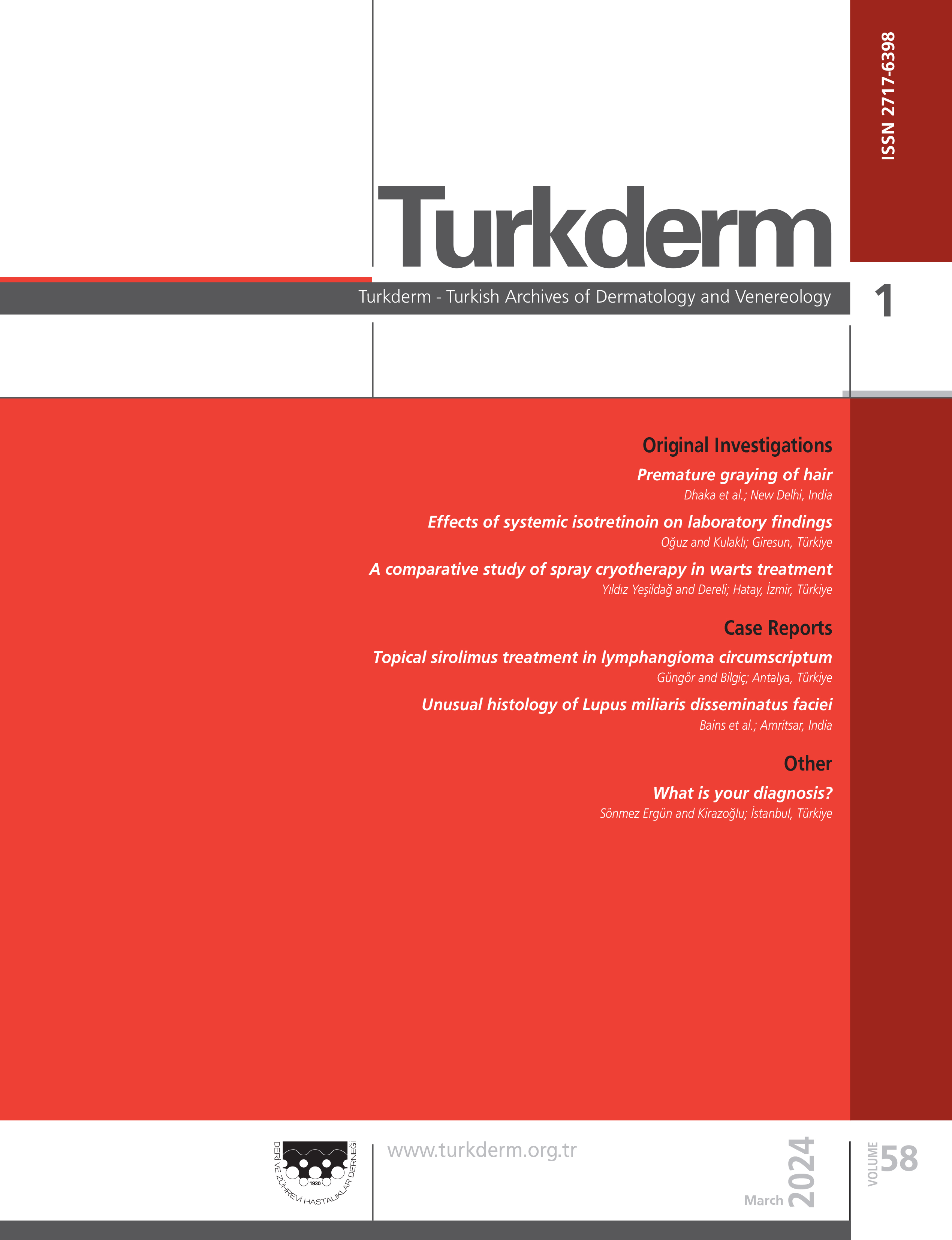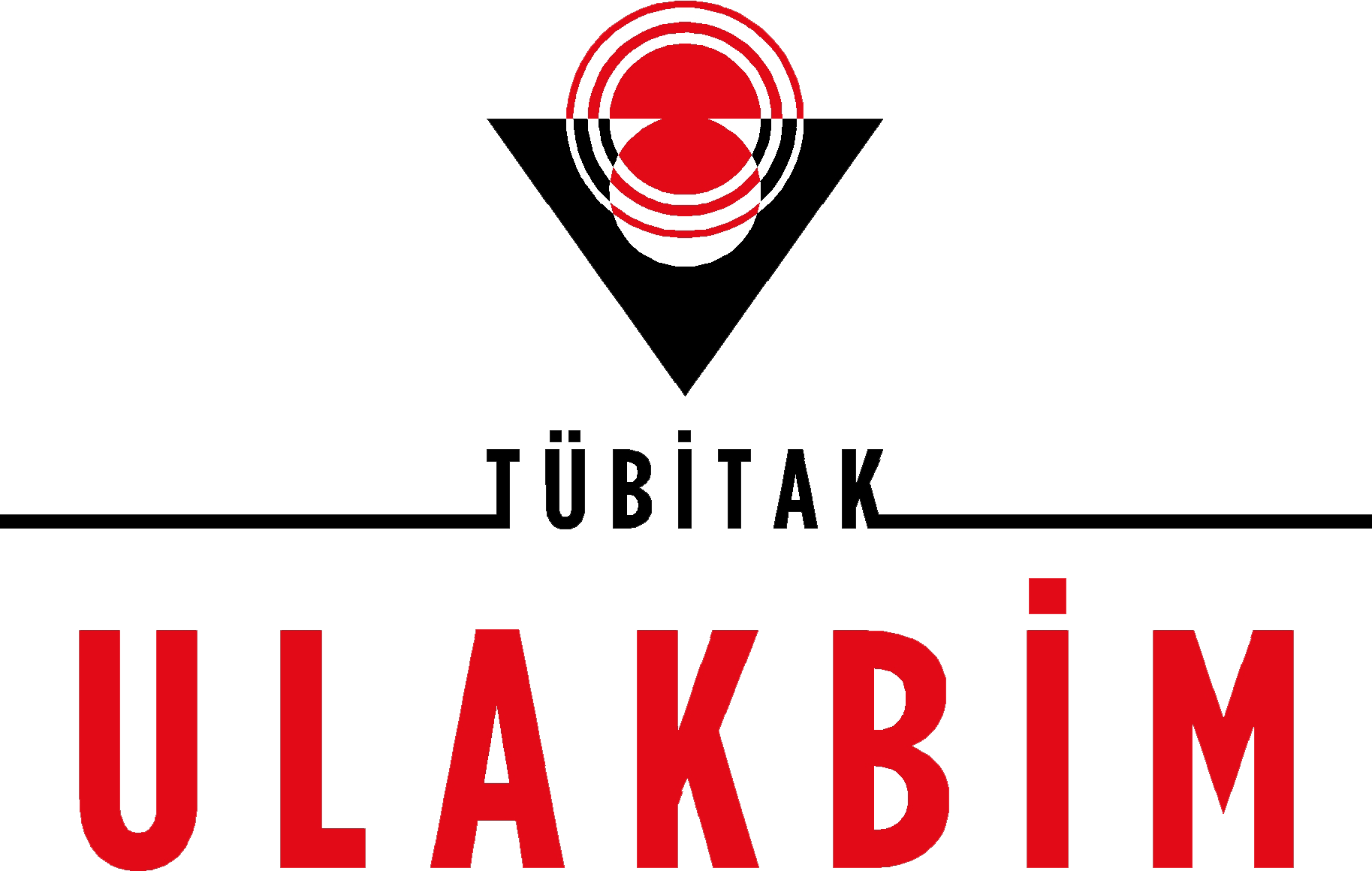Pemphigus: Epidemiology and Pathogenesis
Yelda Karıncaoğluİnönü Üniversitesi Tıp Fakültesi Dermatoloji Anabilim Dalı, Malatya, TurkeyPemphigus, a group of bullous diseases affecting the oral mucosa and the skin, is caused by antibody-mediated autoimmune reaction to desmogleins (Dsg), desmosomal transmembrane glycoproteins, leading to acantholysis. Pemphigus has a worldwide distribution but the incidence in patients of Jewish origin is higher. The disease has a peak incidence of occurrence between the 4th and 6th decades.
While various environmental factors have been implicated as triggering agents, HLA association is probably the most important predisposing factor. Pemphigus, is caused by antibody-mediated autoimmune reaction to desmosomal cadherins, Dsg1, and Dsg3. Recent molecular studies have shown that acantholysis can occur also in the presence of antibodies against 9a nicotinic acetylcholine receptor. Pemphigus is currently divided into three distinct varieties, i.e., pemphigus vulgaris (PV), pemphigus foliaceus (PF) and other variants of pemphigus, depending on clinical features, the level of separation in the epidermis, and immunologic characteristics of auto-antigens. Blistering pathogenesis differ for each of the types of pemphigus. PV is characterized by IgG autoantibodies against Dsg 3, whereas the target of PF is Dsg1, although about 50% of PV patients also have Dsg1 autoantibodies. Lesion distribution is related to the location of the antigen (Dgs 3 and/or Dgs 1) in the epithelium and specific autoantibody production. This article reviews the epidemiology and pathogenesis of pemphigus.
Pemfigus: Epidemiyoloji ve Patogenez
Yelda Karıncaoğluİnönü Üniversitesi Tıp Fakültesi Deri ve Zührevi Hastalıklar Anabilim Dalı, Malatya, TürkiyePemfigus, otoantikorların desmogleinler (Dsg) ve desmozomal transmembran glikoproteinlerle reaksiyona girerek akantolizis oluşturması sonucunda oral mukoza ve deriyi etkileyen bir grup büllöz hastalıktır. Pemfigus dünyanın her yerinde görülmesine rağmen Yahudi ırkında daha fazladır. Hastalık 4. ile 6. dekadlar arasında görülür. Çeşitli tetikleyici çevresel faktörler suçlanmış olsa da HLA ile ilişki muhtemelen en önemli predispozan faktördür. Pemfigus Dsg 1, Dsg 3 ve kadherinlerin antikor ilişkili otoimmun reaksiyon sonucu meydana gelir. Son dönem çalışmalarda 9a nikotinik asetilkolin reseptörüne karşı antikorların varlığının da akantolizise neden olduğu gösterilmiştir. Günümüzde pemfigus klinik özellikleri, epidermisteki ayrışma seviyesi ve antijenlerin immünolojik karakteristiğine göre pemfigus vulgaris (PV), pemfigus foliaseus (PF) ve diğer varyantları olmak üzere üç farklı tipe ayrılmıştır. Bül oluşma patogenezi her bir pemfigus tipinde farklıdır. IgG otoantkorları Dsg 3e karşı olması PV karekteristiği iken PFde Dsg 1e karşıdır, bununla birlikte PVli hastaların yaklaşık %50de ayrıca Dsg 1 otoantikorları vardır. Lezyon dağılımı antijenlerin (Dgs 3 ve/veya Dgs 1) epiteldeki dağılımı ve spesifik otoantikorların üretimi ile ilişkilidir. Bu derlemede pemfigus epidemiyolojisi ve patogenezi gözden geçirilmiştir.
Anahtar Kelimeler: Pemfigus, epidemiyoloji, patogenezCorresponding Author: Yelda Karıncaoğlu, Türkiye
Manuscript Language: Turkish






















